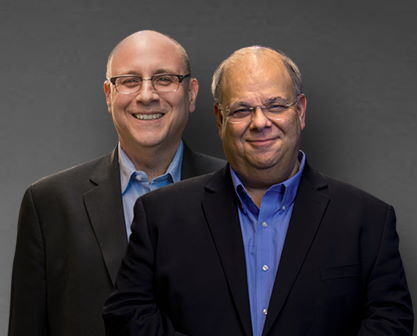Consolidated Edison Hell Gate Station
You may be entitled to receive compensation. Mesothelioma and lung cancer victims & their families have been awarded over $1 million+ from easy access to funds. Call us today to apply.
Over the past 20 years, we've helped 1,000s of families claim the compensation they deserve with no upfront costs to them.
Hell Gate Station is a former electric-generating plant of Consolidated Edison located along the East River in the Bronx, New York, between East 132nd and East 134th streets on Locust Avenue.
Hell Gate refers to a treacherous East River tidal straight separating Astoria, Queens, and Wards Island. The power plant bearing its name was built for United Electric Light & Power Company by Thomas E. Murray, an inventor and entrepreneur who helped to consolidate and standardize the power grid system supplying New York City.
Hell Gate opened in 1921, and when completed in 1928, the plant held the distinction of being the world’s most powerful steam-electric station. Other features that made Hell Gate noteworthy at the time were the use of alternating-current-driven auxiliaries (rather than direct-current-driven) and water-cooled steel furnace wall (in place of fire brick refractory furnace wall), which allowed for a substantial increase in furnace capacity and became the industry standard after use at Hell Gate.
The generating capacity of Hell Gate brought United Electric Light & Power Company “superpower” status as an electric supplier, but the company would cease to exist in 1935 after a merger with New York Edison Company. New York Edison merged with its parent company, Consolidated Gas, a year later to form Consolidated Edison Company of New York.
Power has not been generated at Hell Gate since the 1970s, when it was shut down due to age-related air pollution, reliability, and efficiency concerns. The station, however, still controls electrical service for parts of the Bronx and Manhattan and is a crossover point for gas and power lines from Queens.
In 1989, Con Ed’s Hell Gate site was the epicenter of a giant blast set off by a backhoe that struck an underground gas line. The blast killed two people, injured 27, and blacked out 135,000 customers in the Bronx and Manhattan.
Have you been diagnosed with an asbestos disease after working in a power plant?
Sources:
- IEEE: Architect of Power
- New York Times: Fiery Blast Shuts Off Power to Many New Yorkers
- IEEE: History ─ An AC Pioneer, United Electric Light and Power Company
- Public Service Commission: PSC Concludes Investigation of Con Ed Electric Supply
